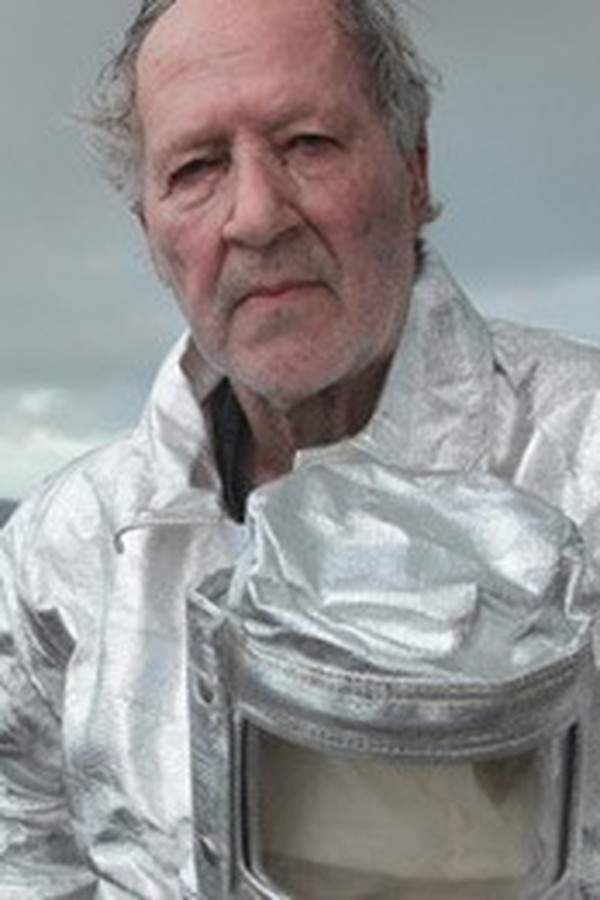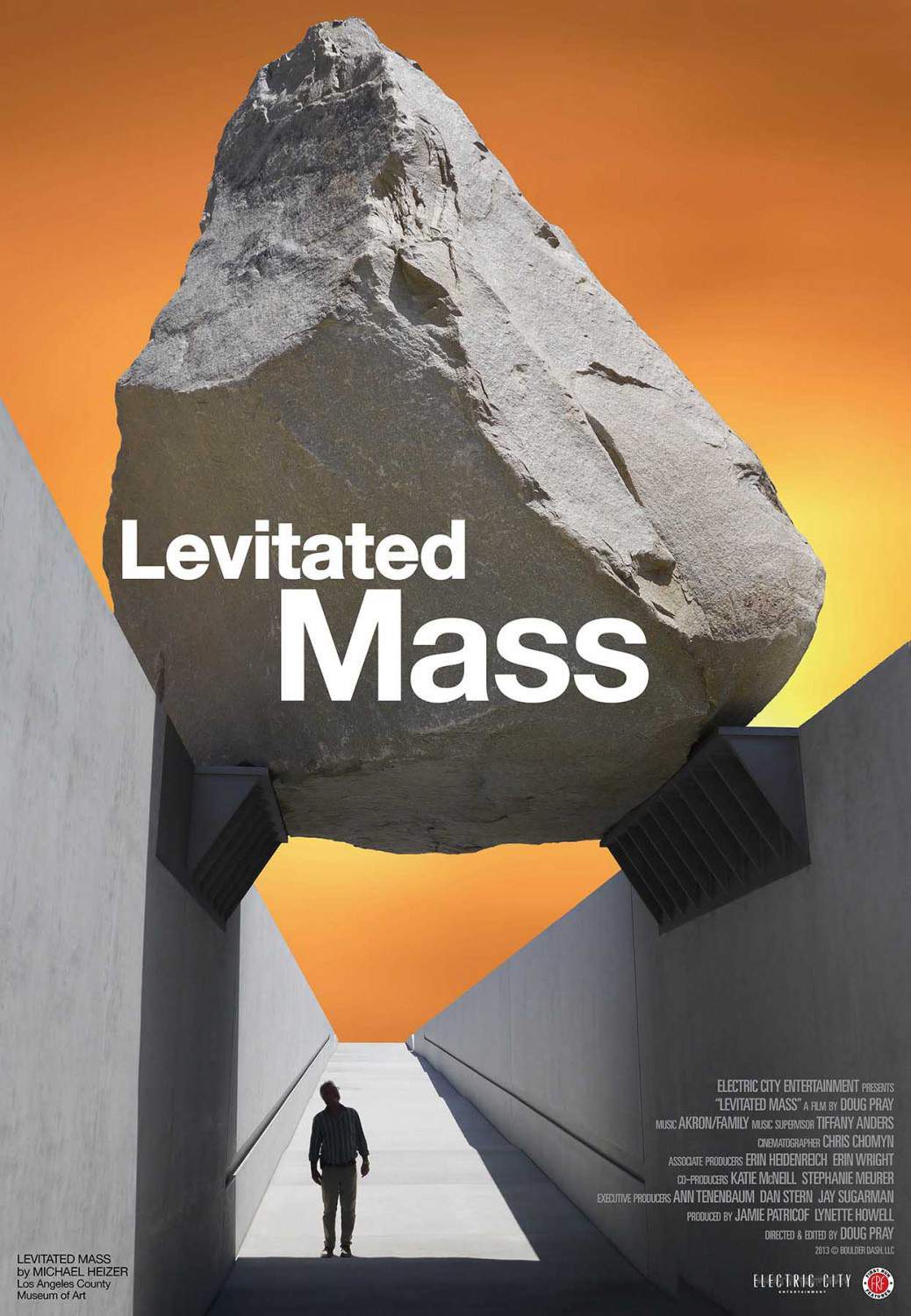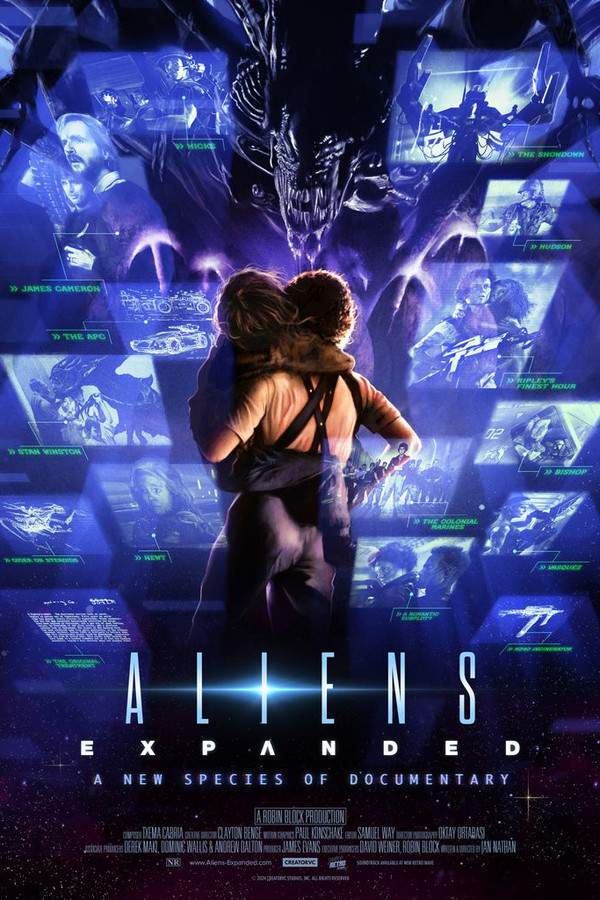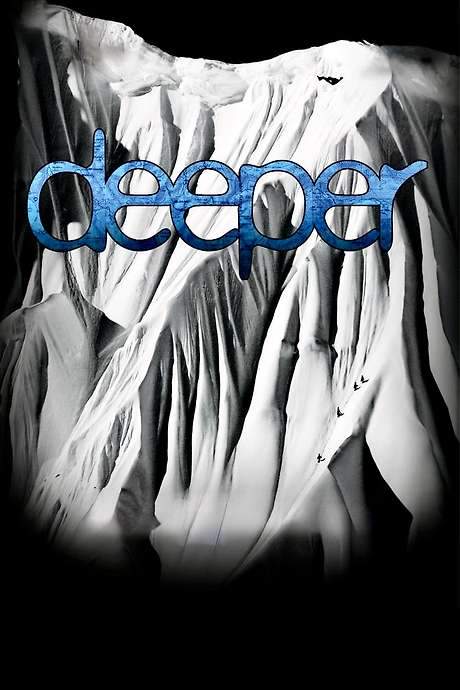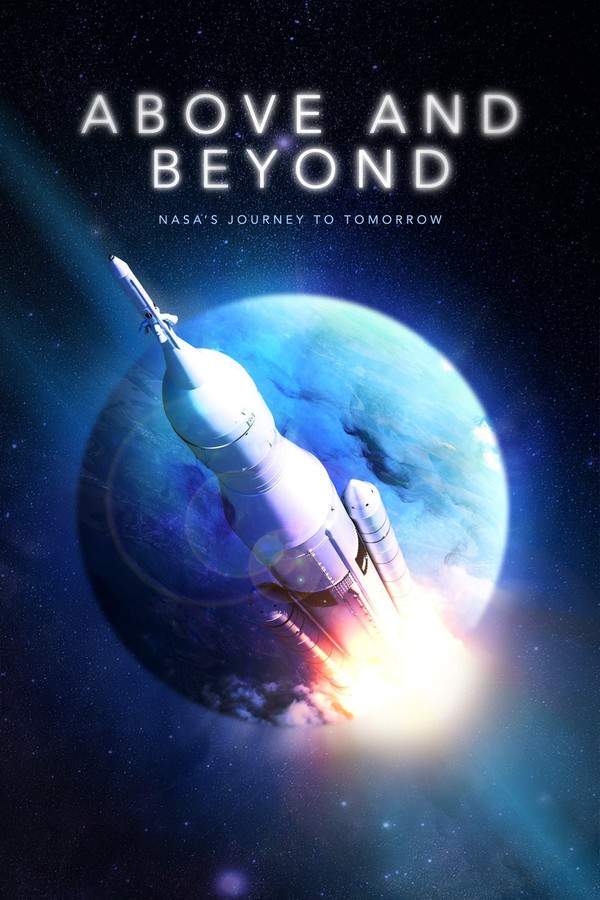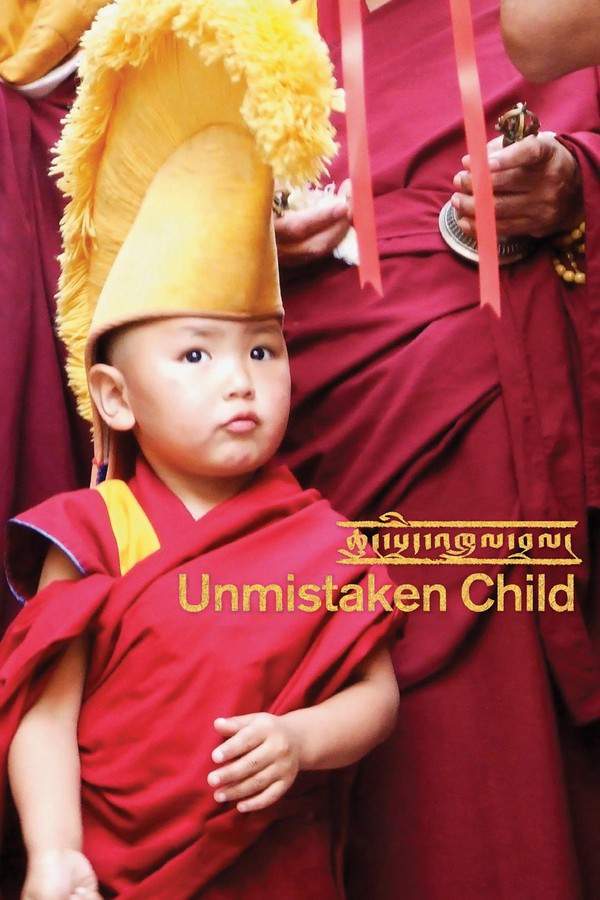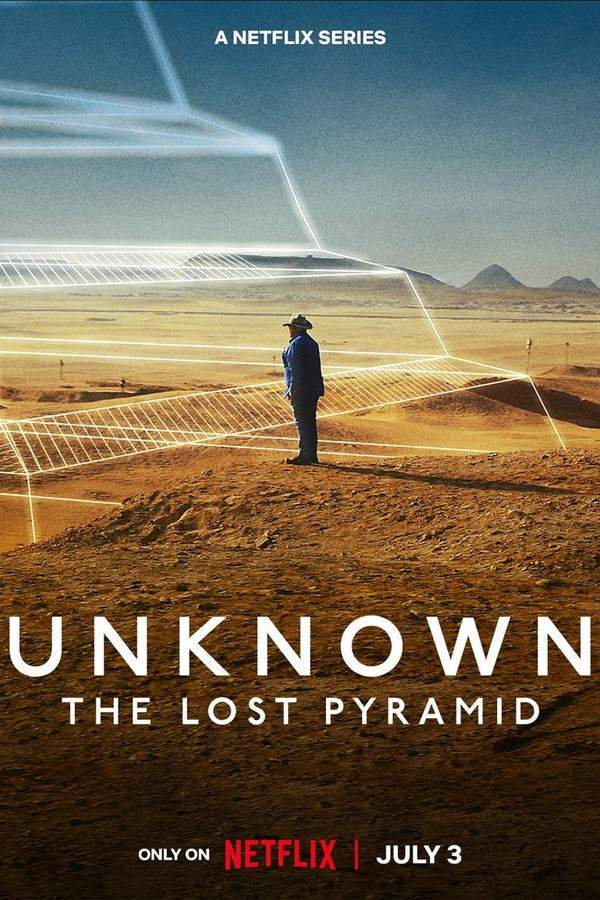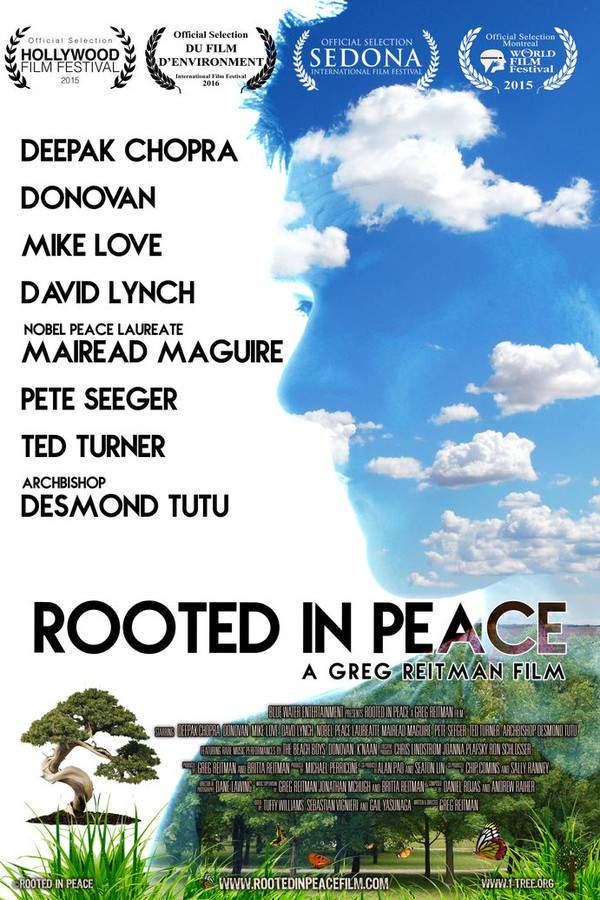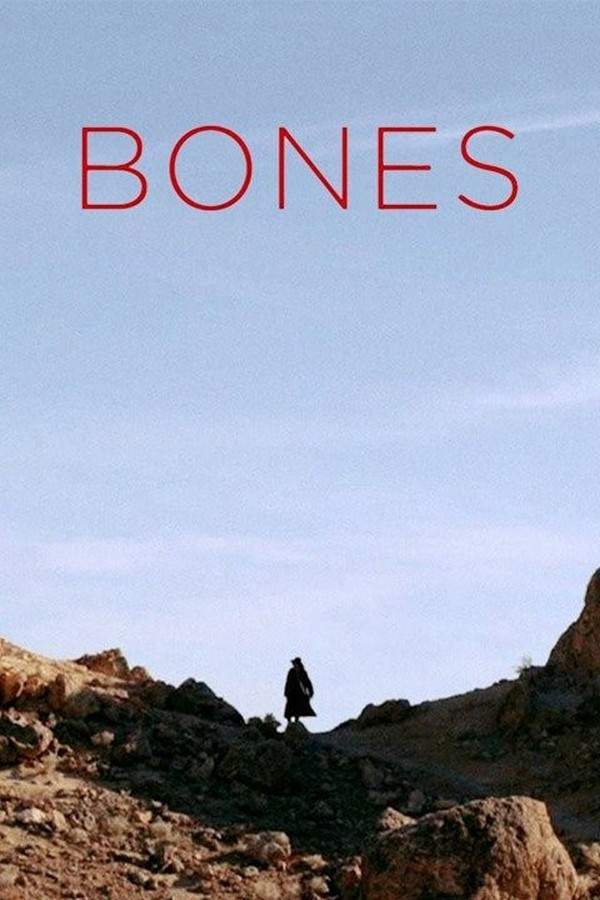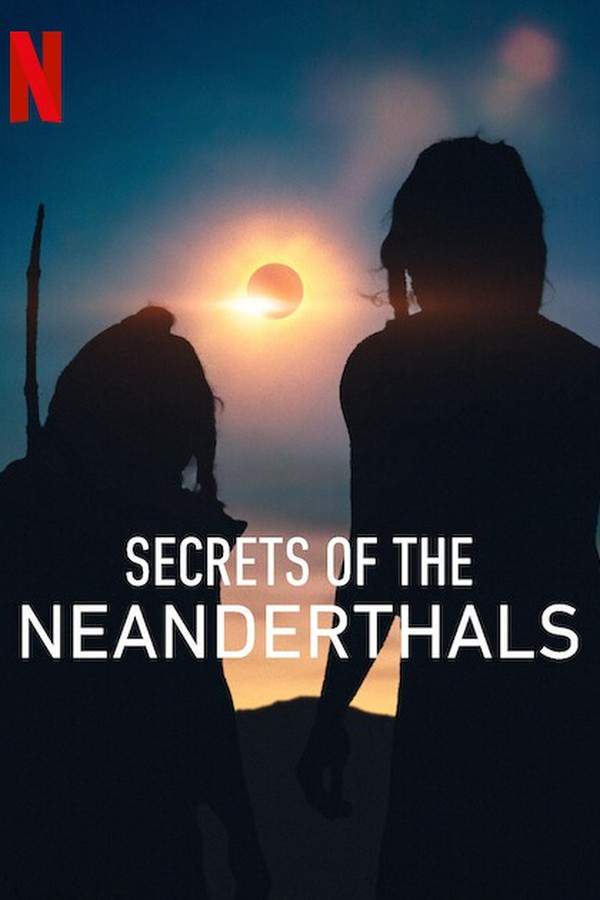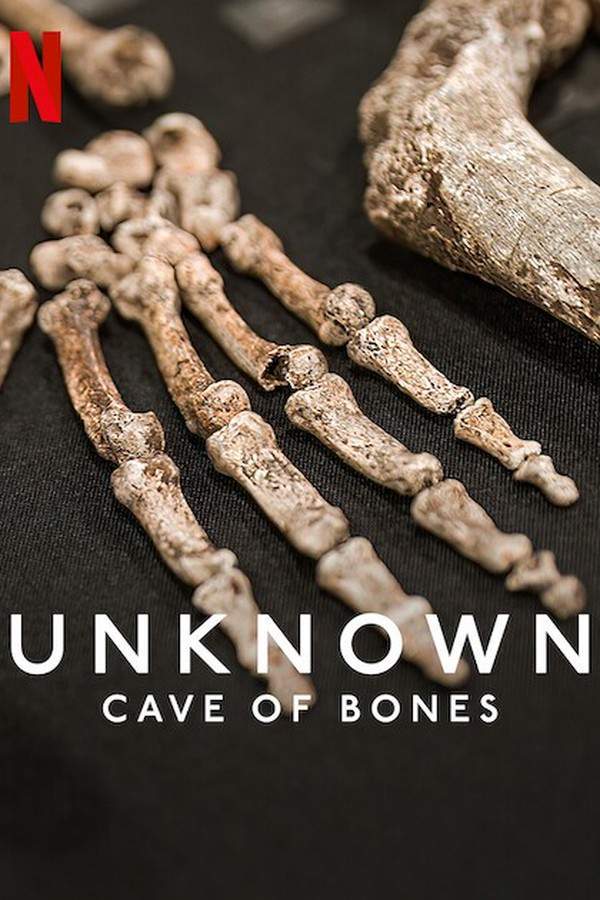
Unknown: Cave of Bones
In South Africa's Cradle of Humankind, paleontologist Lee Berger discovers a remarkable fossil site, considered the oldest non-human graveyard ever found. His team’s investigation of the ancient remains reveals sophisticated burial rituals, prompting a significant shift in our understanding of hominid evolution. The findings challenge existing beliefs about the origins of ritualistic behavior and raise fundamental questions about human history and the development of consciousness.
Warning: spoilers below!
Haven’t seen Unknown: Cave of Bones yet? This summary contains major spoilers. Bookmark the page, watch the movie, and come back for the full breakdown. If you're ready, scroll on and relive the story!
Unknown: Cave of Bones (2023) – Full Plot Summary & Ending Explained
Read the complete plot breakdown of Unknown: Cave of Bones (2023), including all key story events, major twists, and the ending explained in detail. Discover what really happened—and what it all means.
Expedition carried out in the Rising Star Mines of the Malmani Dolomites in South Africa led to remarkable discoveries. Paleontologist and National Geographic explorer in residence, Lee Berger, was summoned to spearhead a mission to unlock the mysteries concealed within these interconnected caves. His team’s groundbreaking work resulted in the unearthing of over a thousand specimens belonging to a previously unknown species, now termed Homo Naledi.
In 2013, as Lee Berger took charge of the excavation in the Rising Star Cave System, the discoveries made would ultimately reshape paleoanthropological understandings globally. Typically, finding just a few bones at a site is considered monumental; however, this team stumbled upon more than 1,500 bone fragments from 15 individuals, all from one species. The excitement among the experts was palpable as they realized they stood on the brink of an astonishing revelation that could entirely overhaul humanity’s understanding of its origins.
To bolster the team, Augustin Fuentes, an evolutionary anthropologist, was invited to join the expedition, for Lee Berger knew that a multitude of experts was essential for such an unprecedented discovery. Little did they know the astonishing secrets hidden within the cave system. The bones they excavated dated back approximately 250,000 years, fascinating the researchers as they ventured deeper into the cave in hopes of envisioning the form and lifestyle of Homo Naledi.
The cave consisted of three distinct sections: the initial command center chamber, a narrow point known as the Dragon’s Back, and a 12-meter vertical chute. The tightness of the chute was daunting, potentially causing even the slimmest of men to feel claustrophobic. Ultimately, it led to the innermost chamber, called Dinaledi, which held the promise of the most significant secrets.
Despite having previously declared he wouldn’t attempt to navigate the chute, the allure proved too strong for Lee Berger, who eventually embarked down into the depths nearly eight years after the start of their excavation, seeking firsthand the wonders other geologists had described. Neither Lee Berger nor Augustin Fuentes anticipated the realization that their newfound fossil species could exhibit intricate behaviors akin to early human practices. Upon discovery, the team found evidence of a cluster of bones buried in the soil; this suggested that Homo Naledi partook in burial practices, challenging everything they previously understood about prehistoric human behaviors.
Traditionally, only modern humans had been known to practice burial rituals. The implications of such findings were staggering and would necessitate a reevaluation of historical practices. Before their findings, the oldest documented human burials outside Africa, from two cave sites in Israel, dated back to 100,000 years. The Homo Naledi, however, had engaged in these rituals much earlier. The very idea of burial signifies a profound understanding of loss and the social fabric that binds communities; the realization that Naledi may have had a belief in the afterlife added further complexity to their existence.
Concerning the doubts cast by skeptics suggesting that the small size of the Naledi’s brain inhibited their capacity for ritual, the excavators connected their findings to a broader philosophical question: What does it mean to be human? The notion that Homo Naledi buried their dead suggests they harbored feelings toward their dead and possibly enacted rituals to honor them.
Alongside these revelations, the team revealed evidence suggesting that a fire was utilized for cooking within the Dragon’s Back chamber, essential for navigating the pitch-black depths of the caves. Speculating how the Naledi might have collectively transported the deceased into the Dinaledi chamber, the team imagined a coordinated, communal effort necessitating fire and tools. It became a poignant consideration that love and companionship might have been motivating factors during these burials.
Adding another layer to their discoveries, the team excavated the skeleton of a child encased within a stone block, using a plaster jacket for extraction. This revelation led to yet another astonishing find; alongside the child’s remains lay a tool carved from rock, indicating that Homo Naledi not only engaged in daily tasks but perhaps even possessed a belief in an afterlife.
As the team endeavored to reconstruct their findings and visualize what Homo Naledi may have physically resembled, they concluded that these ancestors had a humanoid structure, characterized by protruding jaws, elongated arms, and distinctive flat noses. Despite their similarities to modern humans, they displayed unique differences that set them apart, emphasizing their evolutionary significance.
Emerging as a part of the Homo genus, Homo Naledi perplexingly possessed a significantly smaller brain—only about a third the size of modern humans’. Eventually, in a pivotal moment during the film, Lee Berger ventured down the chute, discovering wall carvings that suggested Homo Naledi possessed the intellect required to create art. This discovery sent ripples through the paleoanthropological community, with Berger moved to tears, overwhelmed by the revelations unfolding before him.
From their artistry to their potential spirituality, evidence accumulated suggested that Homo Naledi did indeed possess rudimentary culture, pointing towards concepts like religion, death, and possibly even an understanding of the afterlife. One could only wonder what additional revelations might still lie hidden within the Earth’s ancient past.
Last Updated: October 25, 2024 at 10:47
Explore Movie Threads
Discover curated groups of movies connected by mood, themes, and story style. Browse collections built around emotion, atmosphere, and narrative focus to easily find films that match what you feel like watching right now.
Revelatory Scientific Documentaries like Unknown: Cave of Bones
Films where a major scientific discovery fundamentally changes our understanding of the world.Explore movies like Unknown: Cave of Bones that delve into groundbreaking scientific discoveries. If you enjoyed the steady pacing and neutral tone of this documentary, you'll appreciate these similar films where meticulous research leads to profound revelations about history, nature, or human evolution.
Narrative Summary
The narrative follows a scientific journey, typically starting with a question or an initial discovery. It then tracks the process of investigation—the challenges, the setbacks, and the careful analysis of evidence—culminating in a eureka moment that has significant implications, leaving the viewer with a sense of expanded understanding.
Why These Movies?
Movies are grouped here based on their shared focus on real scientific inquiry, a steady and methodical narrative pace, and the profound emotional impact of a major discovery. They inspire awe and contemplation rather than relying on manufactured drama.
Movies about Ancient Mysteries like Unknown: Cave of Bones
Stories that explore deep history, raising profound questions about human origins and consciousness.Discover films similar to Unknown: Cave of Bones that explore the deep past. If you were captivated by the themes of archaeological discovery, human evolution, and ancient rituals, you will find more contemplative stories here that use history to ask big questions about life and death.
Narrative Summary
These narratives are driven by the unearthing of physical evidence from the ancient world. The discovery process serves as a catalyst for exploring larger philosophical themes about life, death, ritual, and what it means to be human. The journey is often introspective, blending factual investigation with existential wonder.
Why These Movies?
These movies share a common focus on ancient settings or discoveries, a contemplative and sometimes somber mood, and a thematic interest in origins and consciousness. They prioritize thoughtful revelation over action, creating a specific, awe-filled vibe connected to the depths of time.
Unlock the Full Story of Unknown: Cave of Bones
Don't stop at just watching — explore Unknown: Cave of Bones in full detail. From the complete plot summary and scene-by-scene timeline to character breakdowns, thematic analysis, and a deep dive into the ending — every page helps you truly understand what Unknown: Cave of Bones is all about. Plus, discover what's next after the movie.
Unknown: Cave of Bones Timeline
Track the full timeline of Unknown: Cave of Bones with every major event arranged chronologically. Perfect for decoding non-linear storytelling, flashbacks, or parallel narratives with a clear scene-by-scene breakdown.

Characters, Settings & Themes in Unknown: Cave of Bones
Discover the characters, locations, and core themes that shape Unknown: Cave of Bones. Get insights into symbolic elements, setting significance, and deeper narrative meaning — ideal for thematic analysis and movie breakdowns.

Unknown: Cave of Bones Spoiler-Free Summary
Get a quick, spoiler-free overview of Unknown: Cave of Bones that covers the main plot points and key details without revealing any major twists or spoilers. Perfect for those who want to know what to expect before diving in.

More About Unknown: Cave of Bones
Visit What's After the Movie to explore more about Unknown: Cave of Bones: box office results, cast and crew info, production details, post-credit scenes, and external links — all in one place for movie fans and researchers.

Similar Movies to Unknown: Cave of Bones
Discover movies like Unknown: Cave of Bones that share similar genres, themes, and storytelling elements. Whether you’re drawn to the atmosphere, character arcs, or plot structure, these curated recommendations will help you explore more films you’ll love.
Explore More About Movie Unknown: Cave of Bones
Unknown: Cave of Bones (2023) Scene-by-Scene Movie Timeline
Unknown: Cave of Bones (2023) Movie Characters, Themes & Settings
Unknown: Cave of Bones (2023) Spoiler-Free Summary & Key Flow
Movies Like Unknown: Cave of Bones – Similar Titles You’ll Enjoy
Bones (2001) Full Movie Breakdown
The Cave (2005) Film Overview & Timeline
Unknown: The Lost Pyramid (2023) Full Summary & Key Details
Secrets of the Neanderthals (2024) Ending Explained & Film Insights
Dawn of Humanity (2015) Spoiler-Packed Plot Recap
Walking with Cavemen (1000) Plot Summary & Ending Explained
Caved In: Prehistoric Terror (2006) Plot Summary & Ending Explained
The Bone Snatcher (2003) Ending Explained & Film Insights
Ape to Man (2005) Spoiler-Packed Plot Recap
Ancient Caves (2020) Plot Summary & Ending Explained
Attenborough and the Mammoth Graveyard (2021) Ending Explained & Film Insights
Secrets of the Saqqara Tomb (2020) Full Movie Breakdown
A Story of Bones (2022) Film Overview & Timeline
Brutes and Savages (1978) Detailed Story Recap
Prehistoric Planet (1000) Ending Explained & Film Insights


